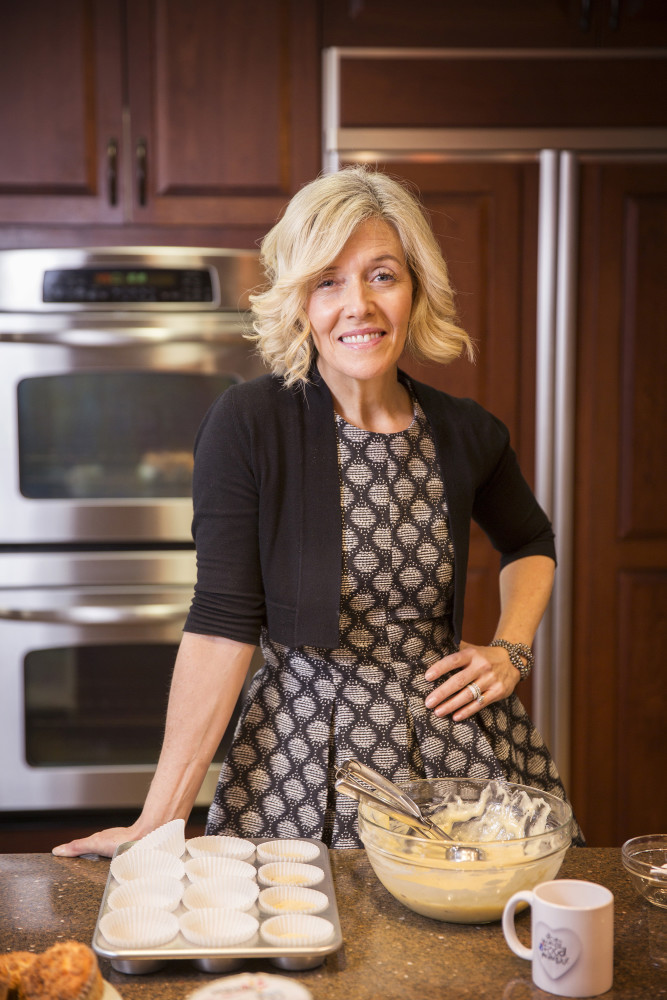By Mike Hughlett
Star Tribune (Minneapolis).
MINNEAPOLIS
The formula for success in packaged food used to be pretty straightforward. Kick out a few innovations here and there, and maintain stalwart brands, Cheerios, Green Giant, Betty Crocker, through heavy TV advertising.
Barriers to entry were high, and packaged food companies like General Mills were seen as stable, profitable investments. Then came the Internet, and thousands of people were voicing millions of opinions on food. How was it grown? Who made it? And so on. Customers got more skeptical of big food companies. And young food firms figured they could spread their message digitally; TV wasn’t a necessity.
The established packaged food industry watched its sales stagnate. Welcome to Ann Simonds’ working world. She’s the chief marketing officer of General Mills, maker of everything from soup to yogurt. Simonds has been at General Mills for 20 years, serving as head of the Minneapolis-area company’s baking division from 2006 to 2014, when she took on the CMO role.
Q: It seems like consumers these days are more skeptical about the packaged food industry. When did that start and why? How do you deal with it in marketing?
A: I think it was sometime over the last 10 years and for sure in the last five. We’ve had to earn our consumers’ trust in a different way, and I think at the heart of that is a growing mistrust in general of large institutions, public companies and other trusted authorities. Today, consumers seek real food and wellness more than science-driven health.
Q: So real food and wellness is more associated with small, while science is seen as big and complicated?
A: I think real food manifests itself in fresh and healthful ingredients. It’s less processed. Most likely you learned about it from a trusted friend. The endorsement of someone you trust, someone you know personally and who has tried or engaged in a brand or product, was and always will be the most powerful form of marketing. And what’s exciting about this era is that social networks give us the opportunity as marketers to be part of that conversation.
Q: It seems like there’s a lot of opportunity in the digital world, and a lot of risk.
A: The core art of marketing hasn’t fundamentally changed. You want insight that you can twist into an idea and communicate in a compelling way. But today we have an audience fragmenting into smaller and smaller groups of consumers. So you take advantage of new media. For example, people who love Cinnamon Toast Crunch love the milk after they eat the cereal because it has this wonderful cinnamon flavor, that’s an idea worth marketing. And in fact we did, launching a really fun pop music video piece of content that was on YouTube. It was extremely well received and got millions of views. We did another music video with Biz Markie for Lucky Charms that also did very well.
Q: How about the risk?
A: The emergence of new media has been relentless, and we are very careful to invest our marketing dollars wisely, but it takes time and a lot of experimentation to really determine where there is a return on our investment. Also, since we are building marketing plans that are meeting multiple audiences, we have to make sure that one approach isn’t going to bump up against another and alienate one of our audiences.
Q: “Big Food” is a name of derision, and General Mills is part of Big Food. How can you get past that tag?
A: I absolutely can. Because I have been the direct participant in and beneficiary of how a big food company can be a source and force for good. Our scale can do remarkable things to advance everything from technology to safety and quality. Annie’s is an example. (General Mills bought the organic mac and cheese maker last year for $820 million.) It’s been fantastic to work with the Annie’s team and to appreciate all they know about how to nurture an emerging brand. With our supply chain excellence, we can take what they do and make it available to a larger part of the world.
Q: There are so many small food companies out there now. What effect does that have?
A: It’s been exciting, humbling and at times frustrating, but ultimately a great thing for the food business. A lot of investment has come into our industry, and in a digital world, barriers to entry have been reduced for entrepreneurs. We’ve learned a tremendous amount from them. Much of what we are trying to do today is to take the best of what they represent, which really is getting back to the basics of really understanding your consumer.
Q: In October, General Mills’ new gluten-free Cheerios took a hit when 1.8 million boxes were recalled because they might have accidentally contained gluten. How has that affected marketing of the product?
A: Marketing plans that were previously about driving broad product awareness were appropriately and respectfully rethought. We understood we had a new job to do, which was to re-earn people’s trust.
Q: Part of that was an immediate apology on General Mills’ blog and Facebook page, right?
A: Yes, and of course we’ve reached out to all of our critical partners in the development of that product, the celiac community, consumers themselves, loyal fans of Cheerios.
___
Ann Simonds
Hometown: Denver
Education: Smith College (B.A.); Harvard (MBA)
Career: Five years at Johnson and Johnson; 20 years at General Mills, where she is now chief marketing officer
Family: She and husband Ken have five children














































































































































































































































































































































































